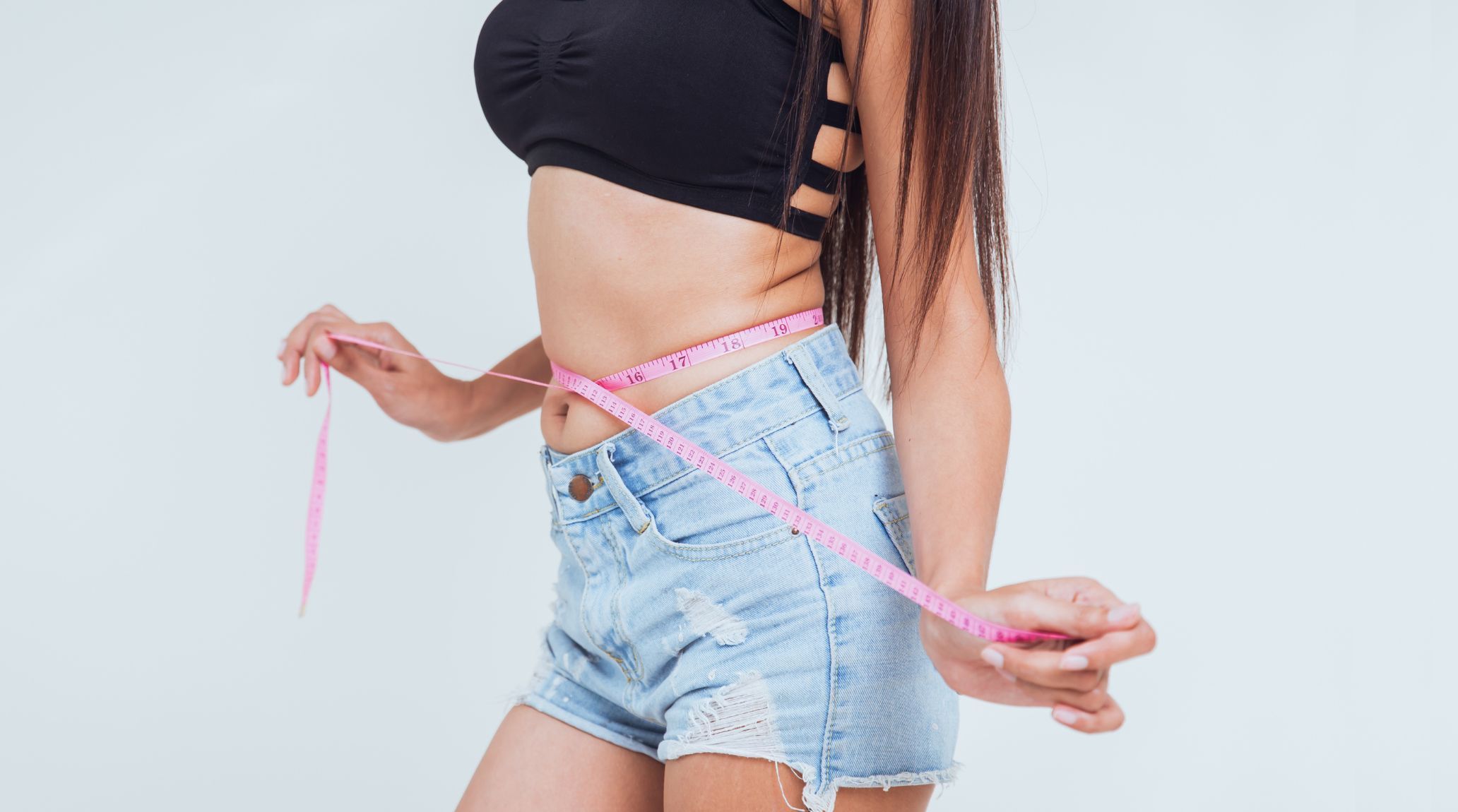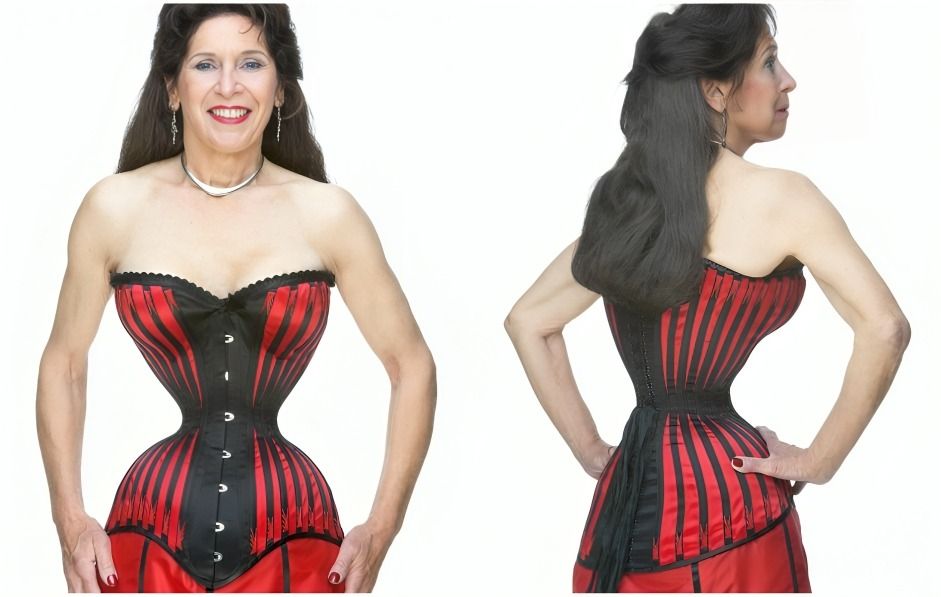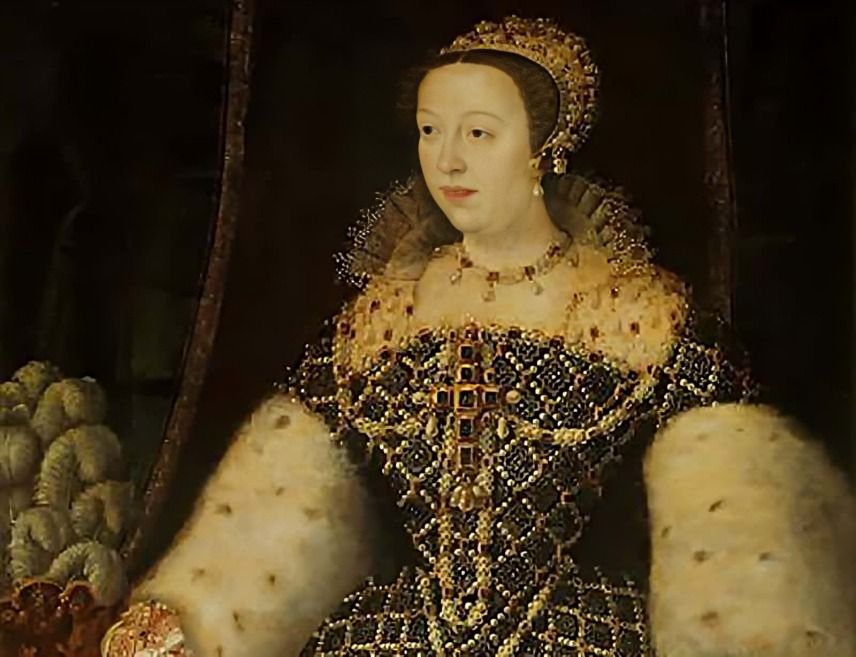
“
Your waist is an amazing body part with surprises and fascinating details. The area between your chest and hips allows you to bend, twist, and move in so many incredible ways. In this blog, you will discover interesting waist facts for kids that will make you appreciate how cool your waist is. From the belly button to the muscles and bones that give you strength to the unique shapes and flexibility it offers, get ready to uncover the secrets of your waist and learn why it’s such an important part of your body!1
1
1
”
Studies indicate that a waist-to-hip ratio of approximately 0.7 is widely perceived as attractive in women, transcending cultural boundaries. This ratio is often associated with health and fertility markers, influencing ideals of beauty worldwide. 1
Everyone’s waist is unique and special! Waists, just like people, come in a diverse array of shapes, sizes, and proportions. This uniqueness not only defines our physical appearance but also reflects our individuality and genetic makeup. 2
Did you know your waist has bones, too? These bones are part of your spine and work like a shield, protecting your organs and providing support to keep you upright and sturdy. 3

Ethel Granger achieved the smallest recorded waist of 33 cm (13 in) after reducing it from 56 cm (22 in) between 1929 and 1939. Mlle Polaire (real name Emile Marie Bouchard) also claimed a waist measurement of 33 cm (13 in).
Men with a waist measurement of 43 inches (110 cm) or more have a 50% higher risk of death compared to those with a waist measurement of 37 inches (94 cm) or less.4
Women with a waist measurement of 37 inches (94 cm) have an 80% higher risk of death compared to those with a waist measurement of 27.5 inches (70 cm). 5
Yoga and stretching exercises are perfect for making your waist more flexible. A flexible waist helps you move more easily and keeps your body feeling good. 6

Cathie Jung (USA, b. 1937) holds the record for the smallest tight-laced waist. With a height of 1.72 m (5 ft 8 in), her corseted waist measures 38.1 cm (15 in), expanding to 53.34 cm (21 in) when uncorseted.
Doctors sometimes measure your waist to check if you’re healthy. A healthy waist size is important for overall fitness and can help keep you active and strong. 7
Waist size is typically determined by measuring the narrowest part of the torso, which lies between the ribs and the hips. This measurement helps assess body proportions and clothing fit. 8
In the 19th century, women wore corsets across all social classes. Tight lacing raised concerns about breathing restriction, digestive problems, and potential organ displacement, sparking health debates. 9
In the 19th century, women wore corsets across all social classes. Tight lacing raised concerns about breathing restriction, digestive problems, and potential organ displacement, sparking health debates. 10
Sitting too much can make your waist ache. To avoid waist pain, remember to stretch and move around. A little exercise can go a long way in keeping your waist happy.11
Walter Hudson (USA) (1944–91) held the record for the largest waist circumference, measuring 302 cm (119 in) at his peak weight of 545 kg (1,197 lb or 85 st 7 lb). 12

Some historical figures, like Catherine de Medici, reportedly practised extremely tight lacing to achieve exceptionally small waistlines, often with health consequences.
The first documented waist surgery, known as a corset surgery, dates back to the early 20th century. This procedure aimed to correct severe spinal deformities and was often performed to enhance posture. 13
Advances in wearable technology have led to the development of smart waistbands that monitor health metrics such as heart rate, activity levels, and even posture. 14
Smart scales and body composition analyzers can measure waist circumference and body fat percentage. This data can help individuals monitor their waistline and overall health. 15
Diet and exercise significantly influence waist size. A balanced diet with fruits, vegetables, lean proteins, and regular physical activity helps manage and maintain a healthy waist size by supporting overall weight control and body health. 16
Technology can analyze dietary habits and create personalized nutrition plans to support weight management and impact waist circumference. By offering tailored recommendations, these tools help individuals make informed dietary choices for better control over body weight and waist size. 17


